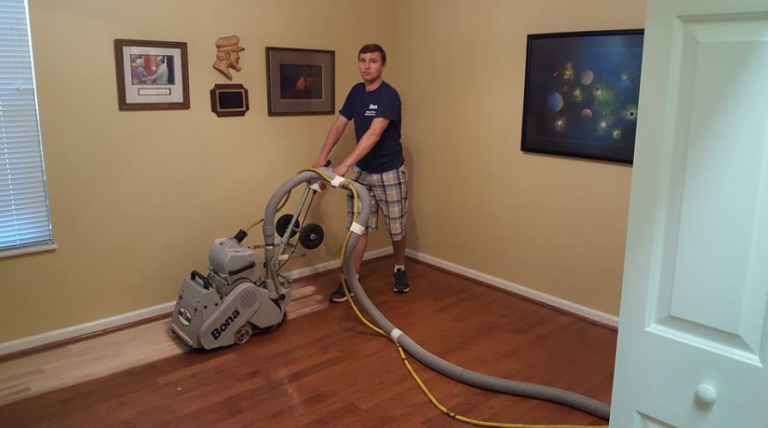Introduction
Sanding wooden floors is an essential step in the process of refinishing or restoring them. However, the traditional sanding process creates a lot of dust, which can be a problem for both the person doing the sanding and for the people living in the space.
Dustless sanding is a newer method that uses specialized equipment to minimize the amount of dust created during the process. In this article, we will discuss the benefits of using dustless sanding for wooden floors and how it differs from traditional sanding methods.
How Does It Work?
Dustless sanding works by using specialized equipment that captures the dust before it has a chance to become airborne. This equipment typically consists of a floor sander that is connected to a powerful vacuum system, which captures the dust as it is created.
The process typically starts by attaching a dust containment system to the floor sander Plancher Newlook. This system is designed to create a seal around the sander, which captures the dust as it is created. The dust is then sucked up by the vacuum system, which filters it and captures it in a collection container.
The sanding process is then carried out as normal, with the floor sander being used to remove the old finish and smooth out the wood. However, because the dust is being captured by the containment system, very little dust is created during the process.
After the sanding is complete, the dust containment system is removed and the dust is disposed of properly. The floor is then ready for staining or finishing.
It’s important to note that not all dustless sanding systems are the same, and that some may use different equipment or methods to capture the dust. Additionally, it’s also important to hire professional flooring contractor who has experience in Dustless sanding and who uses appropriate equipment and products for the job.
Health Benefits
One of the main benefits of dustless sanding is that it greatly reduces the amount of dust created during the process. This is important because the dust created during traditional sanding can be harmful to both the person doing the sanding and to the people living in the space.
The dust created during sanding can contain harmful particles such as lead, which can be dangerous if inhaled. Dustless sanding eliminates this problem by using specialized equipment that captures the dust before it has a chance to become airborne. This can greatly reduce the risk of respiratory problems and other health issues.
Environmental Benefits
Another benefit of dustless sanding is that it is better for the environment. Traditional sanding creates a lot of dust, which can be difficult to clean up and can also cause damage to the air quality in the area.
Dustless sanding, on the other hand, captures the dust before it has a chance to become airborne, which greatly reduces the amount of dust created during the process. This can help to improve the air quality in the area and make the space cleaner and more pleasant to live in.
Cleaner and More Efficient
Dustless sanding is also a cleaner and more efficient process than traditional sanding. With traditional sanding, the dust created during the process can be difficult to clean up, and it can also be difficult to see the results of the sanding.
Dustless sanding, on the other hand, captures the dust before it has a chance to become airborne, which makes the process much cleaner and more efficient. This means that you can see the results of the sanding more clearly, and you won’t have to spend as much time cleaning up afterwards.
Conclusion
Overall, dustless sanding is a better option than traditional sanding when it comes to refinishing or restoring wooden floors. It offers many benefits, including health benefits, environmental benefits, and it is also cleaner and more efficient. If you are looking to have your wooden floors refinished or restored, consider using a dustless sanding method to ensure a cleaner, healthier and more efficient process.
It’s important to note that dustless sanding may not be available everywhere and that you should consult with a professional flooring contractor to see if this service is offered in your area, and if so, what equipment and products they use.

